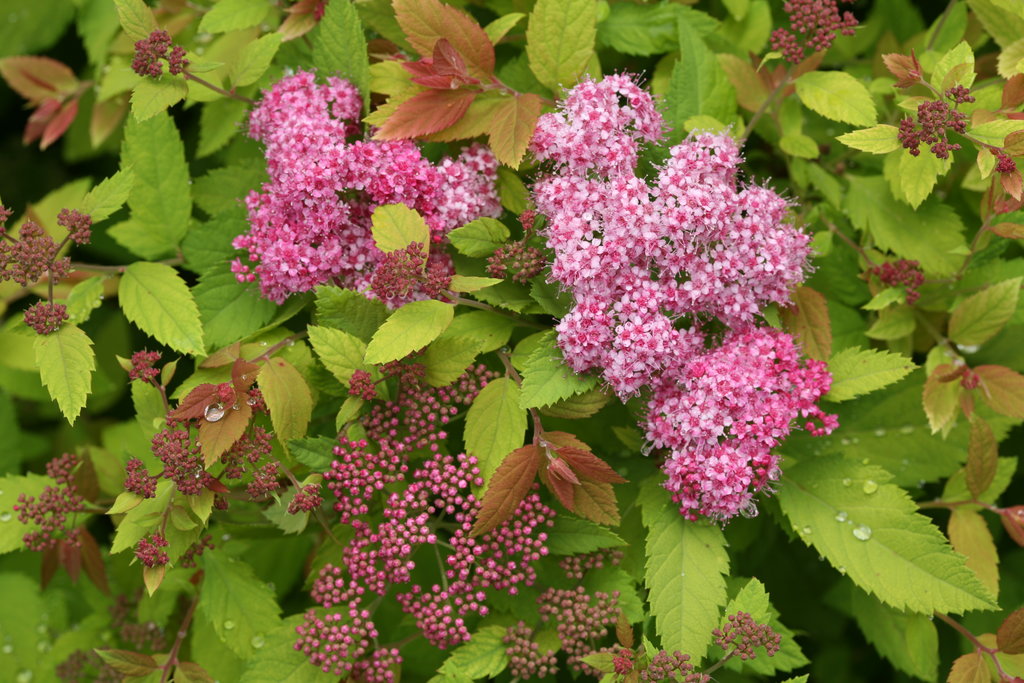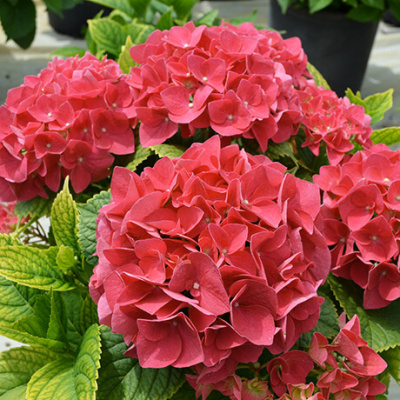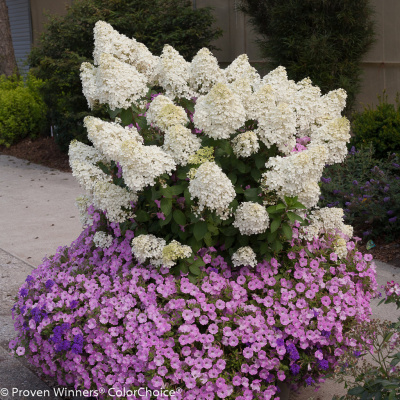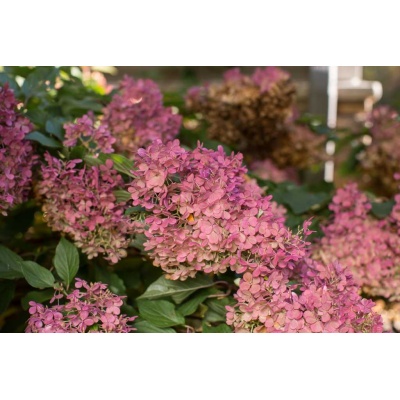Description
 Spiraea japonica Double Play® Big Bang ‘Tracy’
Spiraea japonica Double Play® Big Bang ‘Tracy’
- PART SUN TO SUN
The optimum amount of sun or shade each plant needs to thrive: Full Sun (6+ hours), Part Sun (4-6 hours), Full Shade (up to 4 hours).
FLOWER SEASON
SPRING & SUMMER
Height
24 – 36″
Spread
24 – 36″
FEATURES
Everything you love about the classic spirea – and more!
Japanese spirea comes by its popularity earnestly: durable, super easy to care for, and perfectly pretty pink flowers in spring. Double Play Big Bang® spirea does the landscape classic one better with the biggest, pinkest flowers of any Japanese spirea. It also offers super colorful new growth, especially when it emerges in early spring. That’s what makes it a perfect Double Play! Like other Japanese spirea, it’s drought tolerant, deer resistant, grows and blooms well in partial shade, and maintains a nice, neat shape without pruning.
Top reasons to grow Double Play Big Bang spirea:
– Extra large pure pink blooms
– Colorful new growth makes the plant interesting even when it’s not in bloom
– Deer resistant




Reviews
There are no reviews yet.